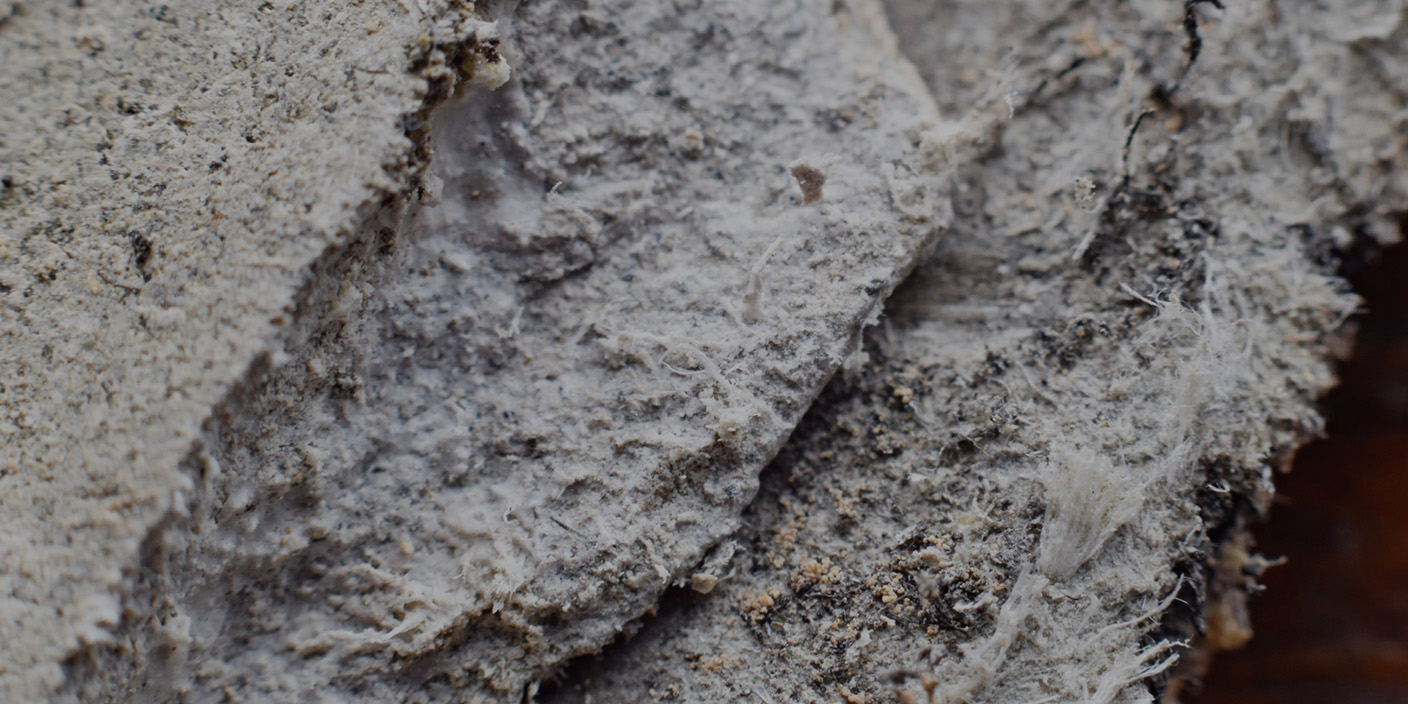
SEC keeps construction sites and existing buildings safe from asbestos and other hazardous building materials.
SEC offers comprehensive services related to asbestos and hazardous building materials inspection. We make sure building owners, developers, and home owners are in full compliance with State and Federal regulations. Elevated concentrations of airborne asbestos can occur after asbestos-containing materials are disturbed by cutting, sanding or other remodeling activities. Improper attempts to remove these materials can release asbestos fibers into the air in buildings, increasing asbestos levels and endangering people in those buildings. Asbestos can be positively identified only by a trained analyst using a specialized microscope. That’s where we come in.
We identify asbestos in building materials.

Asbestos Inspections
Working to ensure State and Federal Regulations are met, SEC inspects building materials for asbestos prior to renovation and demolition. Our asbestos inspection service helps developers navigate ever changing regulations and prevent costly project delays. SEC uses only the latest technology and techniques to make sure the test results are accurate and timely.
You can be sure our asbestos inspection will identify any types of asbestos-containing building materials (ACBM) on or within your building. The detailed report includes an inventory of all effected materials and practical suggestions for remediation. We make sure you understand relevant Federal and State Regulations and how they may impact your project.
SEC is also able to inspect for other hazardous materials, such as lead, mercury and PCBs.

Where Asbestos Hazards May Be Found
- Some roofing and siding shingles may have asbestos in them.
- Houses built between 1930 and 1980 may have asbestos as insulation.
- Asbestos may be present in textured paint and in patching compounds used on wall and ceiling joints. Their use was banned in 1977.
- Artificial ashes and embers sold for use in gas-fired fireplaces may contain asbestos.
- Older products such as stove-top pads may have some asbestos compounds.
- Walls and floors around woodburning stoves may be protected with asbestos paper, millboard, or cement sheets.
- Asbestos may be found in some vinyl floor tiles and on the backing on vinyl sheet flooring and adhesives.
- Hot water and steam pipes in older homes may be coated with an asbestos material or covered with an asbestos blanket or tape.
- Oil and coal furnaces and door gaskets may have asbestos insulation.



